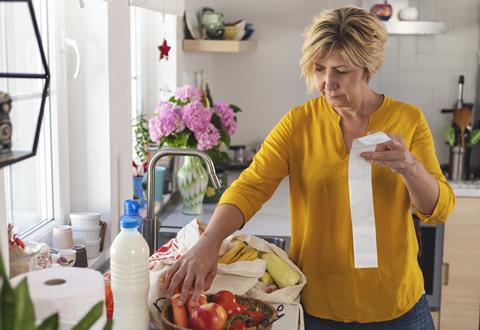
Food inflation nudged up again in March to a nine-month high due to larger hikes on alcohol and cupboard staples.
Food prices climbed 2.4% in the year to March, up from 2.1% in February and above the three-month average of 2%, according to the BRC-NIQ Shop Price Index.
The cost of ambient food such as tins, cans and jars jumped 3.7%, up from 2.8% in February.
On non-food items, shop prices fell by 1.9% compared with last year, as clothing and footwear saw double-digit price drops on weak consumer demand, the BRC said. It left overall shop inflation at 0.4%.
BRC chief executive Helen Dickinson said: “Prices fell for most non-food categories, which kept year-on-year overall shop prices in deflation, but at a reduced rate compared to February.”
The BRC figures are seen as a forerunner to the official inflation estimate from the Office for National Statistics each month. Last week, the ONS said food inflation held steady at 3.3% in February, though economists are predicting a sharp rise in the coming months.
Retailers are facing a £5.6bn increase in costs due to changes from the government’s October budget, according to new research by Retail Economics this week.
The report said around £1.76bn would be absorbed by retailers’ profits, while £1.72bn would be passed on through price rises. The rest will be covered by cutting costs.
“Retailers are staring down the barrel of a £5.6bn wave of additional costs that will squeeze margins and threaten jobs across the industry,” said Richard Lim, CEO of Retail Economics.
“With operating costs rising sharply, many retailers have little choice but to absorb some of the financial pain while cautiously passing costs on to consumers already facing their own pressures.”
Kantar’s monthly inflation figures this morning showed prices rose 3.5% in the four weeks to March 23, versus 3.3% in last month’s report. It said prices rose fastest on chocolate confectionery, butter and spreads, while petfood and household paper products were seeing the steepest falls.


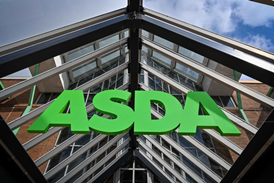
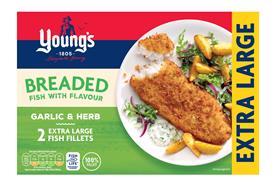
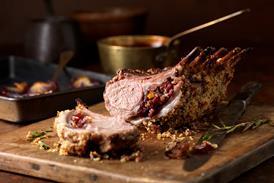





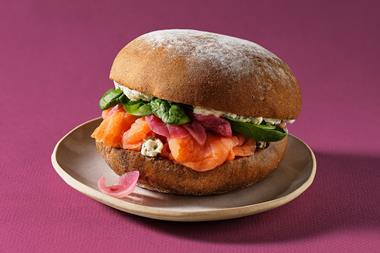

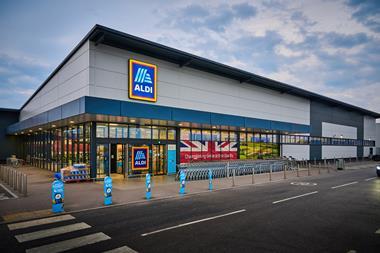


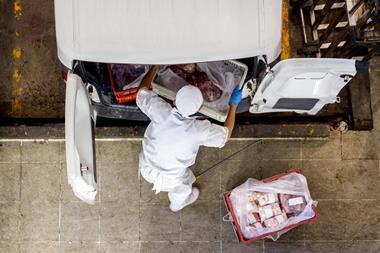
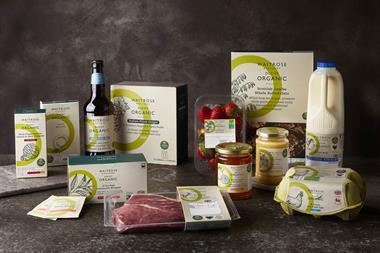


No comments yet